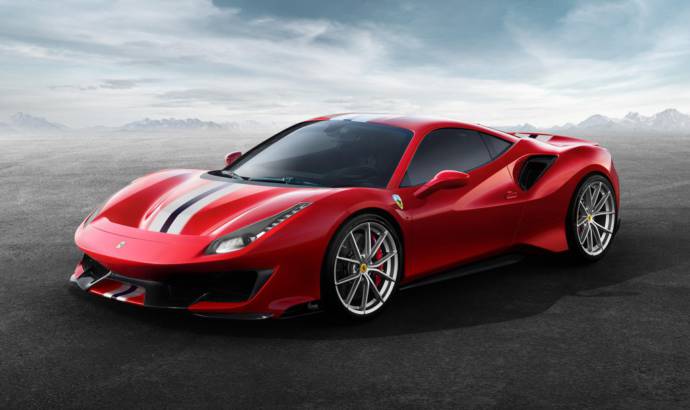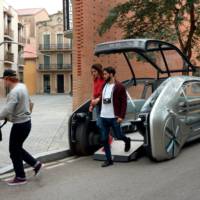Ferrari wants to keep its clients updated and ready to order new versions of the existing supercars. That is how the Ferrari Pista was born. The car was unveiled during this year Geneva Motor Show and s powered by the most powerful V8 engine in the Maranello marque’s history and is the company’s special series sports car with the highest level yet of technological transfer from racing.
the Ferrari 488 Pista encompasses all of the experience built up on the world’s circuits by the 488 Challenge and the 488 GTE. For over 25 years, Maranello has been organising the most prestigious of all one-make championships, the Ferrari Challenge, in which over 100 drivers split into three continental series do battle at the wheel.
The new car’s engine adopts numerous solutions from that of the 488 Challenge and its power output has been increased to 720 cv. It is also lighter, thanks to new titanium con-rods and carbon-fibre intake plenums. The inverted radiator cooling system is also derived from the Challenge with the radiators raked rearwards (rather than forwards as in the 488 GTB).
The car’s aerodynamics are derived from both the 488 GTE and from Formula 1, specifically the S-Duct at its front, the rear spoiler and diffuser profiles which boost efficiency by 20% compared to the 488 GTB.
A new gear-shift strategy in the RACE position delivers a far more sporty experience, very similar to that of a track car. The new gear shift strategy, available in the manettino’s RACE position, reduces shifting times by 30 ms.
The 50 cv power increase over the 488 GTB’s engine is also the largest ever leap in engine power for a Ferrari special series car and a remarkable 115 cv more than the previous model, the 458 Speciale.
The extensive use of lightweight, exclusive technical materials such as carbon-fibre and Alcantara works brilliantly with the meticulous crafting and sophistication that is the signature of all Ferrari cockpits. Contrasting hand-stitching, tread plates and heel rests in triangular pattern aluminium and particularly fluidly sculpted door panels are fine examples of this.
The glove compartment (normally incorporated into the dashboard directly in front of the passenger) has been removed and replaced by handy storage pockets on the rear bench and the doors. The effect is to significantly visually slim down the volume of the under-dash area.





